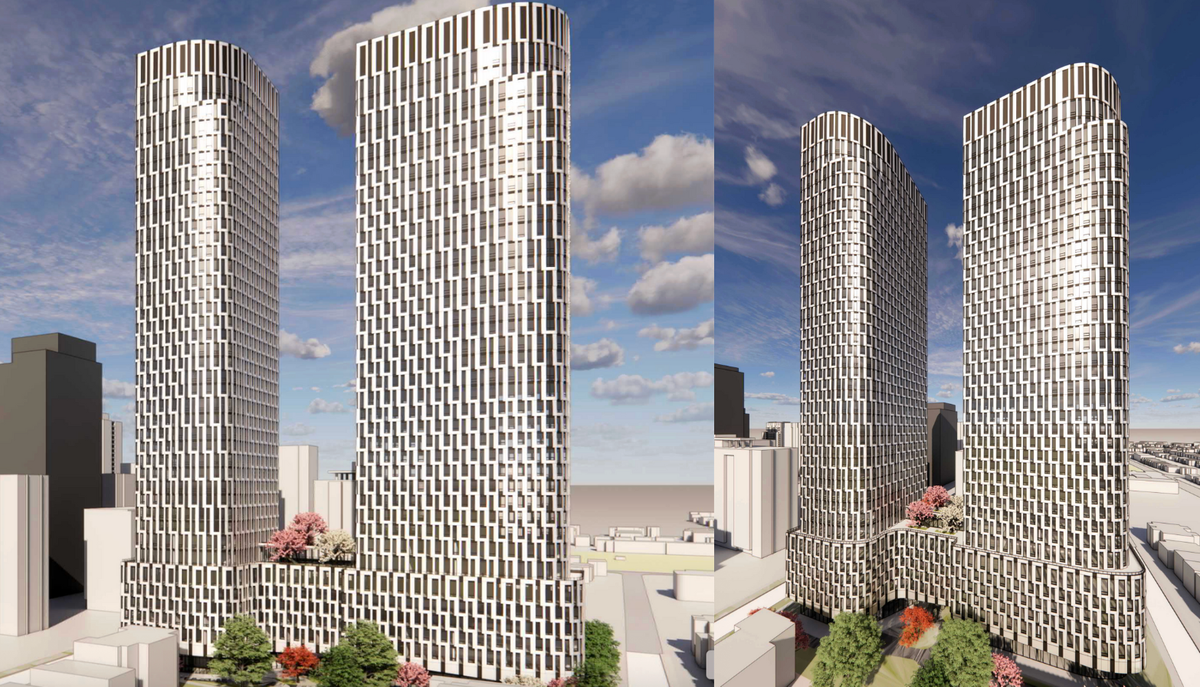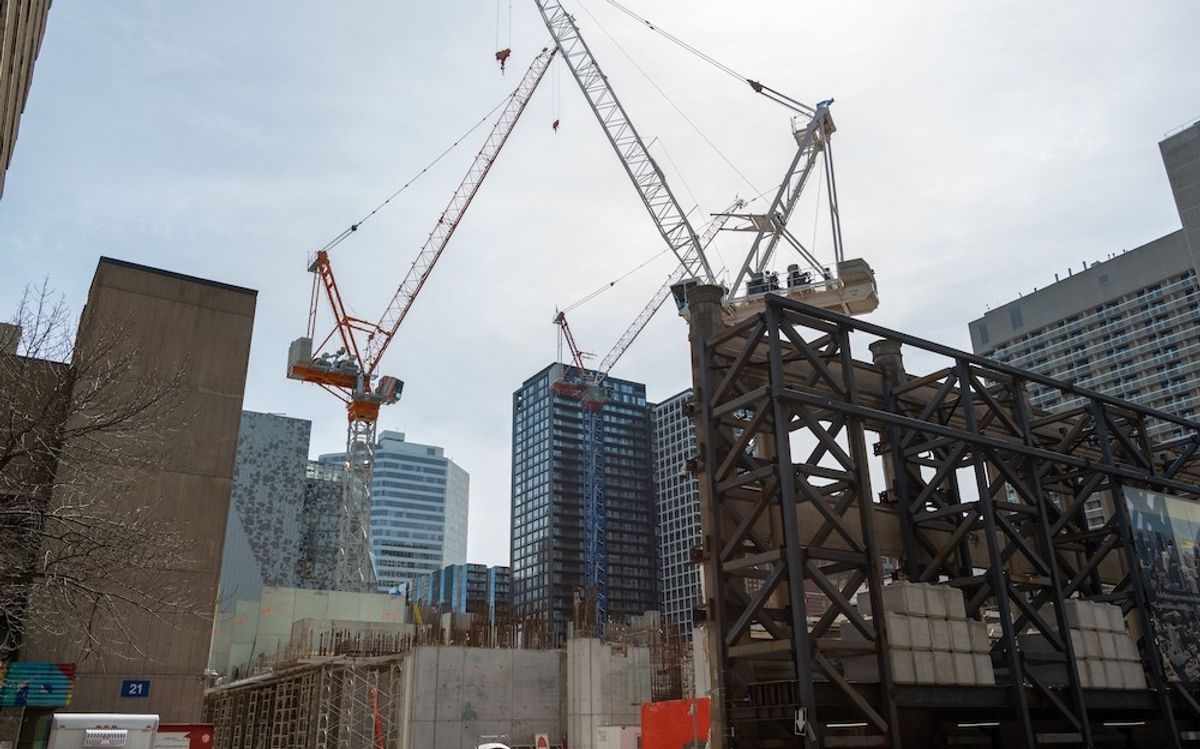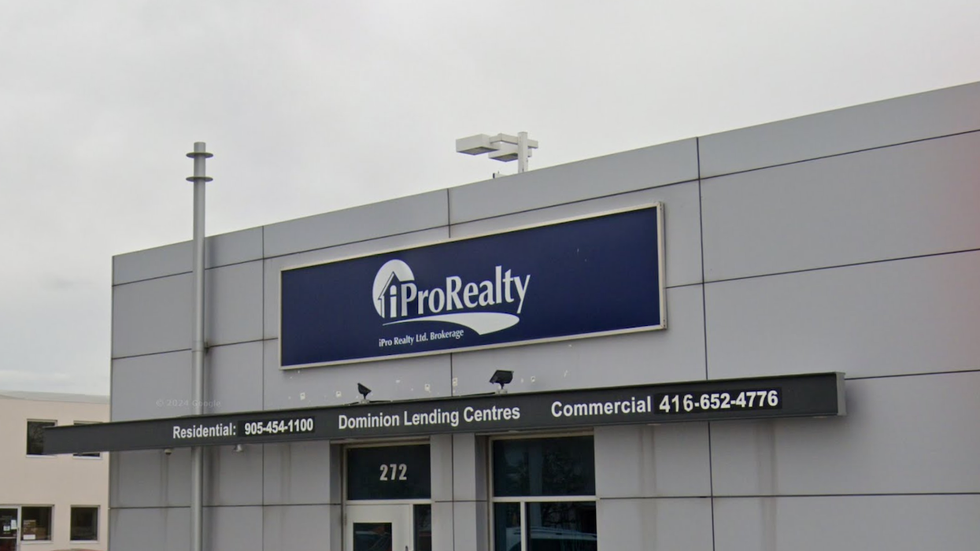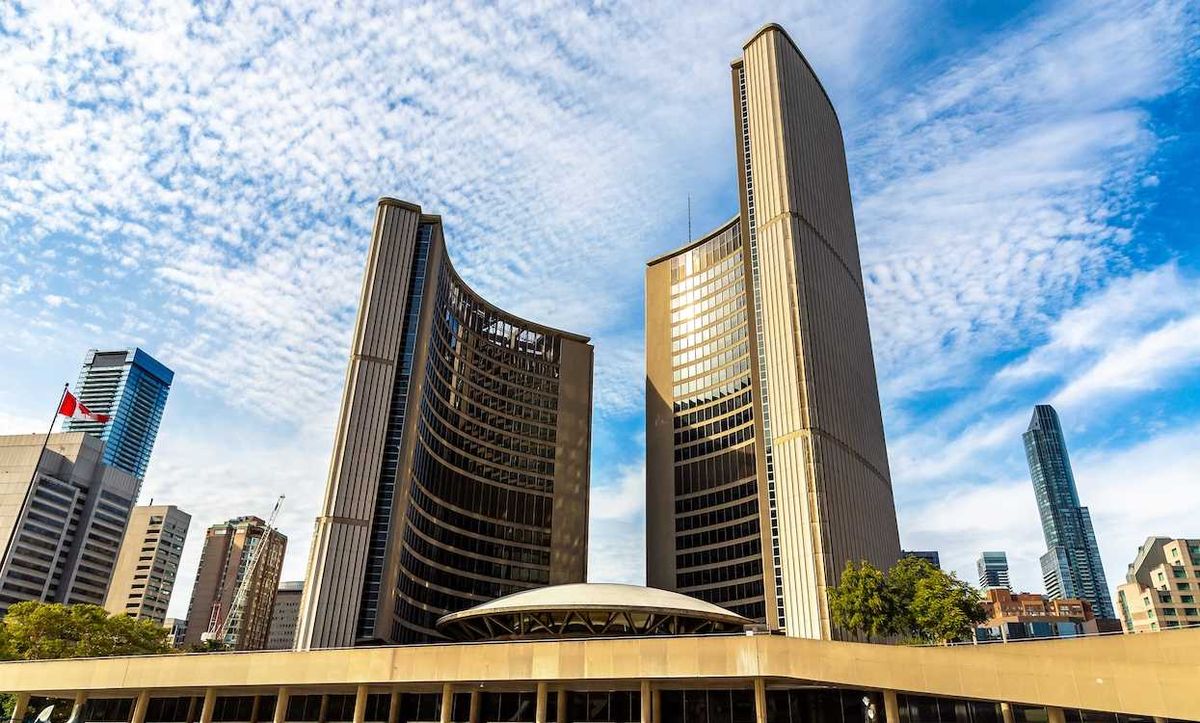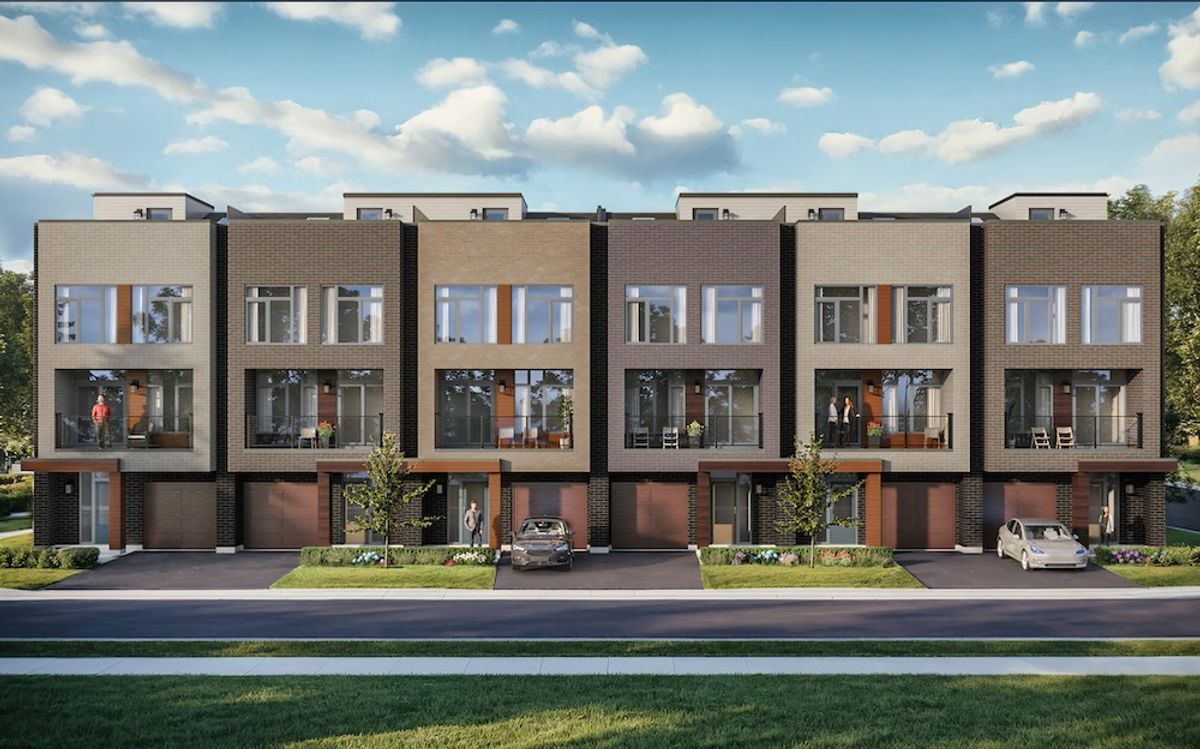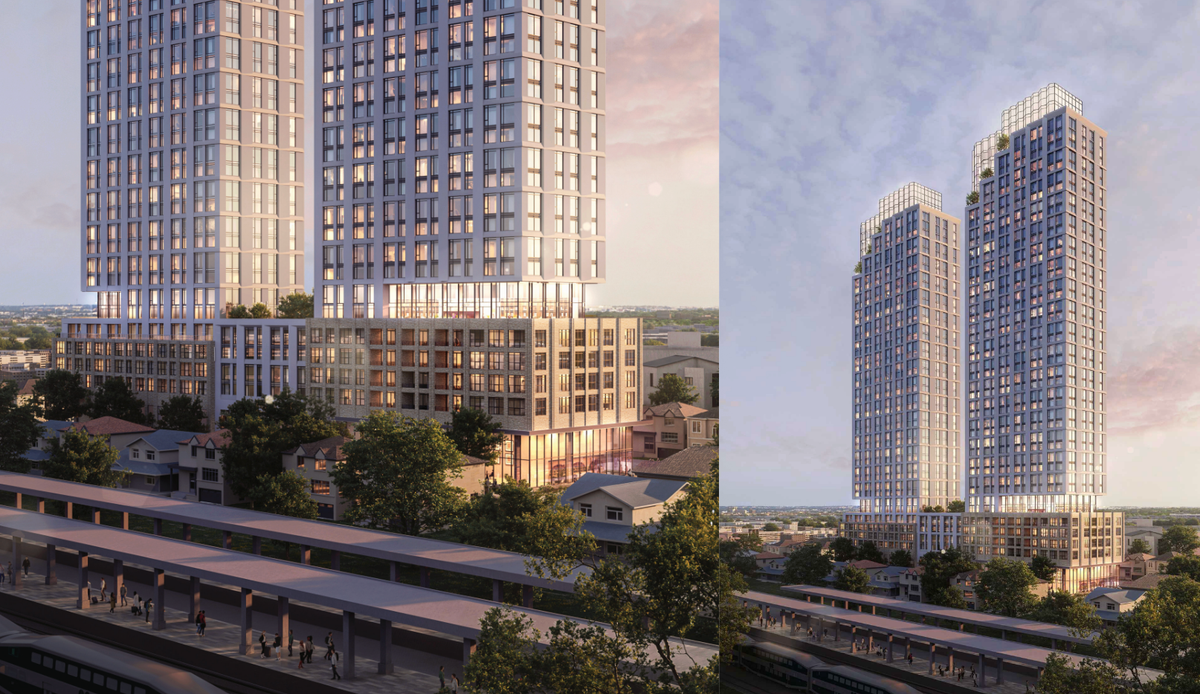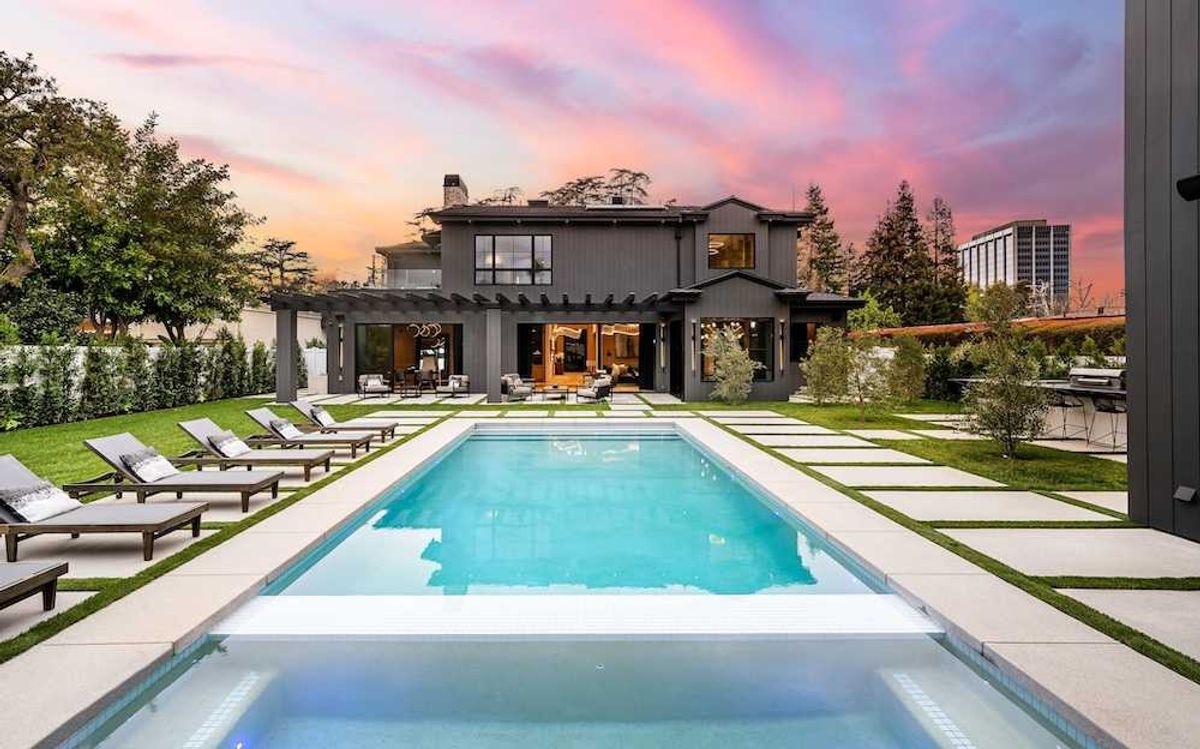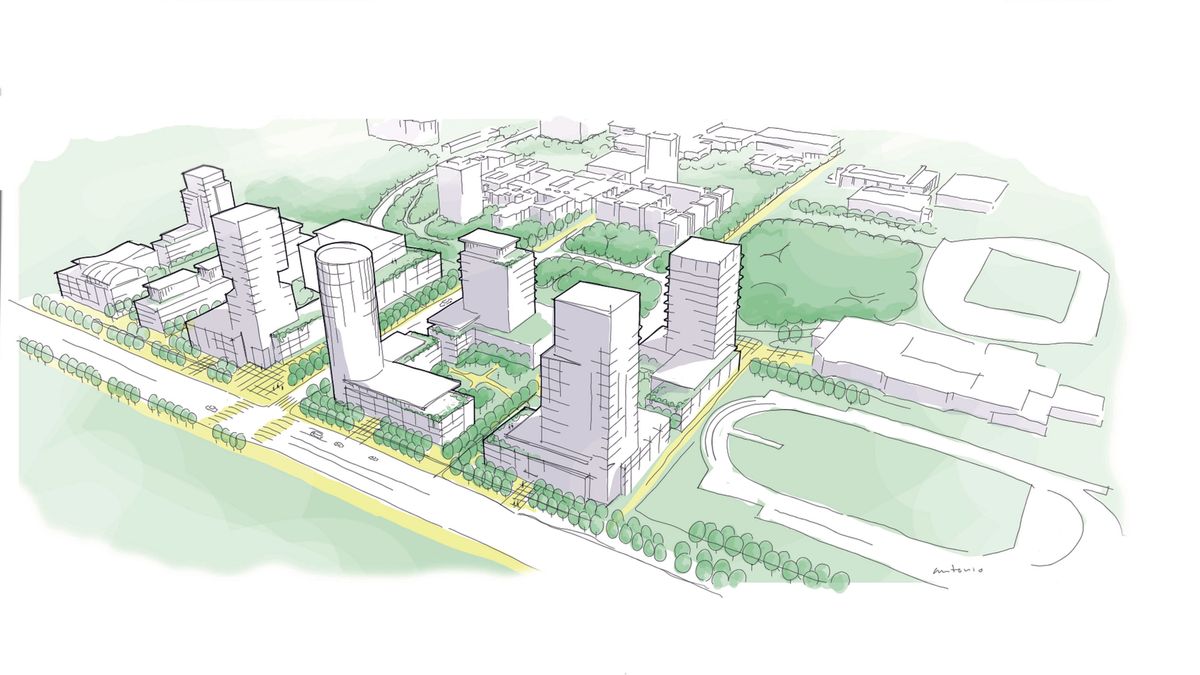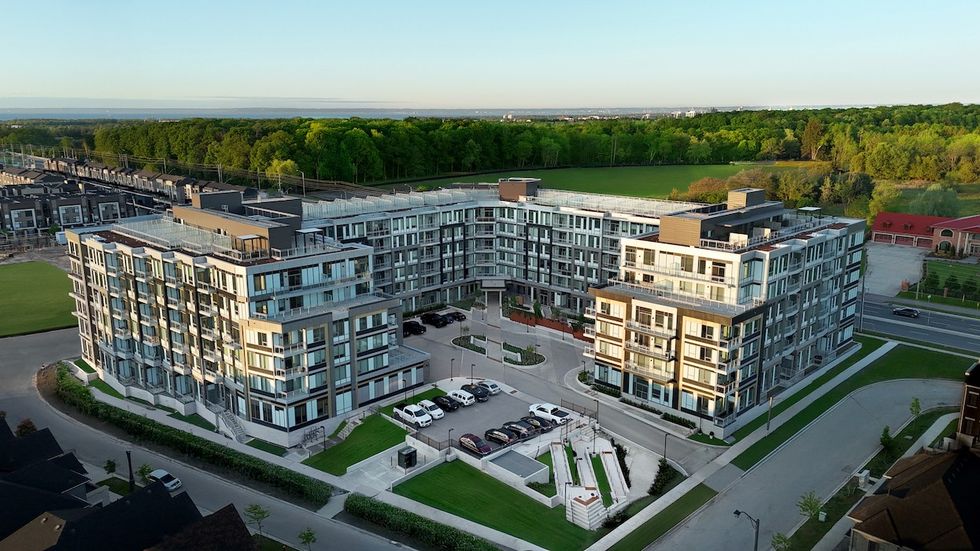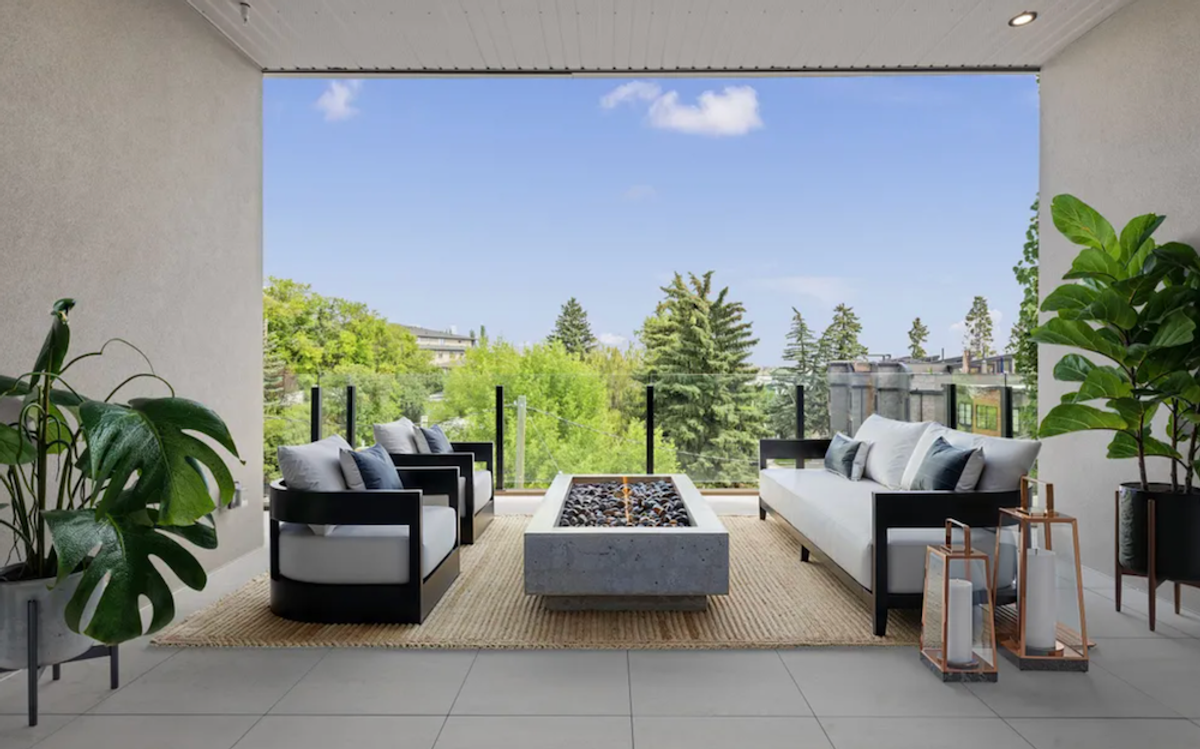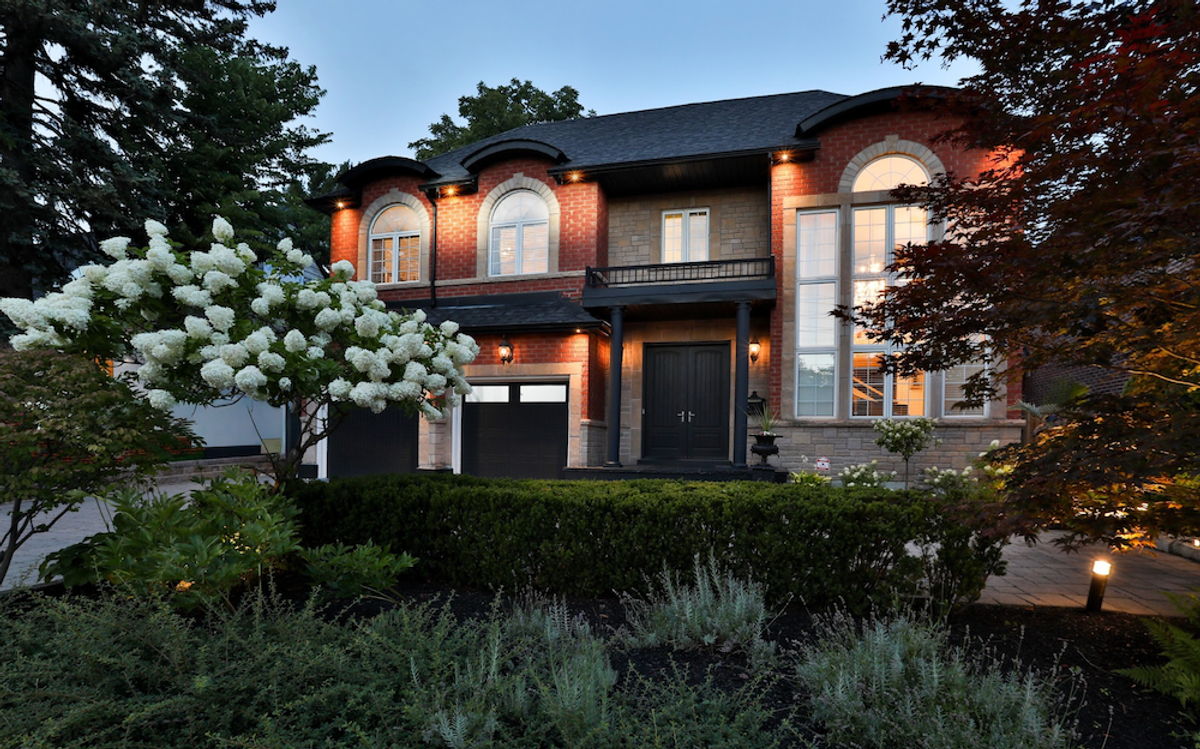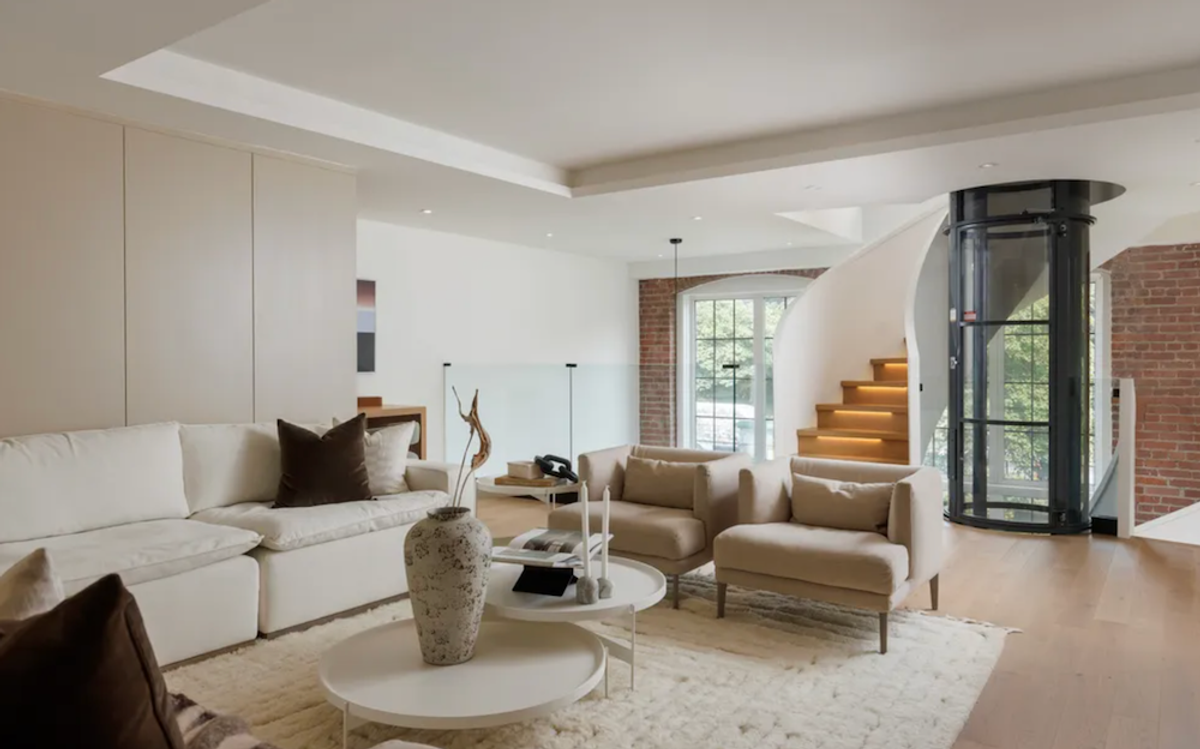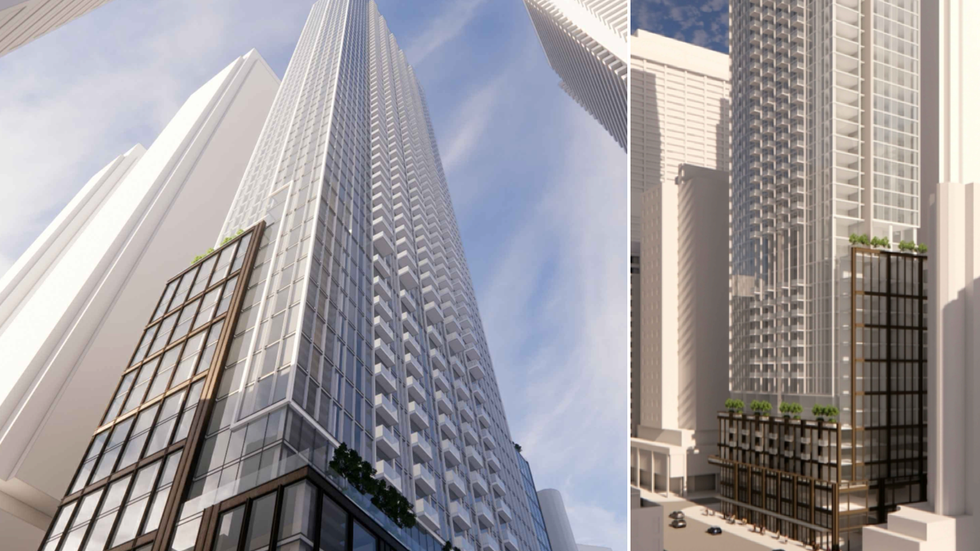Now that the Liberals have secured another term in government, it’s time to see if they’ll make good on their promises. On the campaign trail this spring, Prime Minister Mark Carney pledged, among other things, to create a new entity known as Build Canada Homes (BCH). Under the prospective BCH, the Liberals have said they will provide $25 billion in debt financing and $1 billion in equity financing “to innovative Canadian prefabricated homebuilders.”
The Liberals have said that prefabricated and modular homebuilding “can reduce construction times by up to 50%, costs by up to 20%, and emissions by up to 22% compared to traditional construction methods.” In addition, the Party has said that BCH “will issue bulk orders of units from manufacturers to create sustained demand,” and that “financing will leverage Canadian technologies and resources like mass timber and softwood lumber, as well as support more apprenticeship opportunities to grow our skilled trades workforce.”
In a vacuum, any housing expert will tell you that the benefits of what the Liberals are proposing — and the upshots of prefab housing — are relatively plain. The consensus is that it’s a quicker and less labour-intensive way to deliver the homes the country so sorely needs, which is very much in line with the Liberals’ pledge to double Canada’s current rate of residential construction over the next decade to reach 500,000 homes per year. But those who know what makes the homebuilding segment tick will tell you, without much prompting, that prefab is conceptually great, but realistically tricky.
“Certainly the benefit to factory-built housing, the big one, is that it increases productivity. Especially if we're looking to increase housing starts at a time when we already have a labour shortage that increased productivity and the ability to build more homes with the same number of people,” says CEO of the Canadian Home Builders' Association (CHBA) Kevin Lee.
“The challenge to significantly ramping up more factory-built housing is that we have a very boom-bust housing market in Canada... and so what you're talking about when you move to more factory-built is very significant investments in facilities and overhead, which is good when times are good and very problematic when times slow down.”
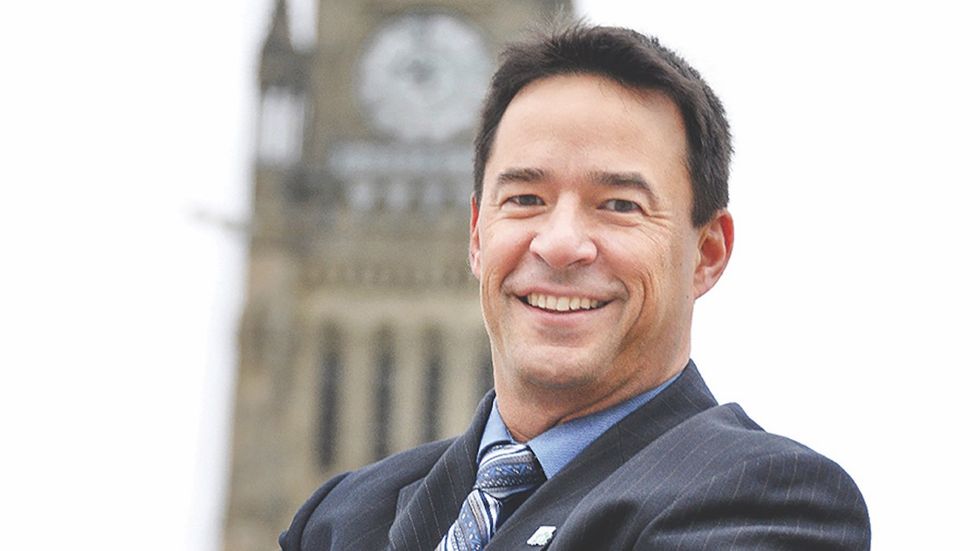
The CHBA has its own Modular Construction Council, and Lee says that those builders are facing “challenging times” — especially those in Ontario and BC — despite the fact that most of these companies don’t have large staffs and large overheads. If you scale those two things up, the more prone you are to economic turbulence.
“Modular and factory-built doesn't tend to be cheaper. It's faster — that's its real benefit — and it takes less people to build more houses. But there are different barriers,” Lee explains. “So, will an injection of loans help more investment be good? Yes, it can be… but how you structure those loans will be very important too. In other words, you know, you can have all the best intentions of paying back over, you know, 10 years, but if the market slows down, you need the flexibility to pay over a longer period."
The CHBA’s Sector Transition Strategy, released in February 2024, includes recommendations on modular and panelized housing construction. One of those recommendations is that builders pay back their loans based on output rather than a prescribed period of time.
Meanwhile, comparing Canada to other countries, such as Sweden and Japan, that have rolled out prefab housing in a big way is sort of a moot point, according to Lee. “In the case of Japan, they have a shrinking population and are at crisis levels in terms of numbers of workers. They've lost over half of their carpenters over the past decade, so that, in and of itself, necessitates going to a manufacturing approach,” he says.
“And Sweden has much more challenging climatic conditions in terms of building all year round, and so it sort of drives construction indoors to make it happen. And they also have a much, much smaller population and geographical region. Canada is much more spread out. [...] If you point to the United States and Australia, which are much more similar to Canada, they have very, very little factory-built, modular building going on.”
All that said, Lee highlights that what Japan and Sweden do have in common with Canada, right now, is government intervention. And while, at the moment, it’s far too expensive to build any type of housing in the country, prefab poses “part of the solution,” though not “the solution” to the housing crisis, he says.
“To really fix a complex problem you need to come at it from every different direction. And whether it's financing, whether it's mortgage rules, whether it's building code, whether it's stream[lined] regulations, whether it's reducing taxes, whether it's factor-built housing — none of those things, in and of themselves, will help us double housing starts. But if we go at all of them, then yeah, we have a chance to really close that housing gap.”

